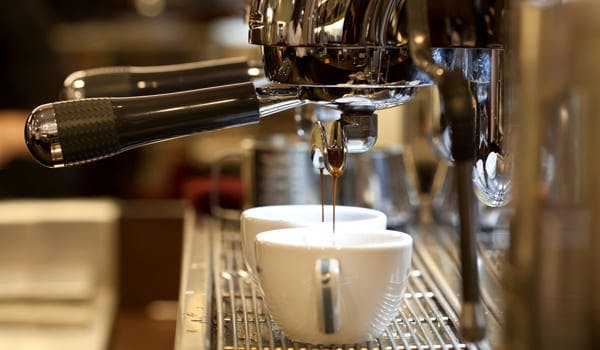In considering small business ownership, to many, the face of the sector could be your smiling local café owner.
And why shouldn’t they be smiling?
According to a September Galaxy Poll, Australian’s thirst for caffeinated products is extraordinary.
Geoff Parker, CEO at the Australian Beverages Council, said that as a population, we are now consuming 1 billion cups of coffee outside the home every year. What’s more, in the 8 year period between 2003-2011, there were nearly 2,000 new café’s established.
With the raw price of coffee having fallen in recent years, and a seemingly boundless national thirst, the numbers would indicate this is a white-hot sector.
Yet John Russell Storey, Brand Standards Manager at Lavazza, says that without question, the question on how much a cup of coffee should actually cost is an emotive one.
“There’s no simple answer either due to the variance in coffee dosages, cup sizes, staff costs etc. From our point of view, prices have been stable so far for our café and restaurant customers, and we’ve maintained our support activities in what is a hugely competitive market,” Storey told Dynamic Business.
Aileen Young co-owner of Sydney’s Vella Nero cafés, said that when the price of green coffee beans increased a few years ago, the cost was generally absorbed by roasters or café owners in many (although not all) cases – hence, prices have remained somewhat steady in recent years.
For this reason, Young has diversified their business model to include coffee roasting and wholesaling, as well as an online and retail store.
“Whilst green bean prices are only now beginning to come back down to the levels we saw 4-5 years ago, costs in almost every other area have increased significantly for café owners. In particular, rentals, labour costs, packaging, electricity and milk and soymilk. In relative terms, the increases in these other operating and variable costs significantly outweigh the benefit, if any, from the fall in green bean costs,” Young said.
What’s more, the palate of Australian coffee drinkers is becoming increasingly refined, and with that comes a cost to café owners.
“As coffee drinkers become more and more sophisticated, quality cafes are investing heavily in high-end coffee machinery, equipment, accessories and intensive barista training in order to stay at the top end of their game, and of course all this comes at a cost too,” Young said.
Vella Nero’s Sydney CBD store has not implemented a single price increase on coffee in the six years it has been operating, and Young said this is in part due to the price sensitivity of the industry.

